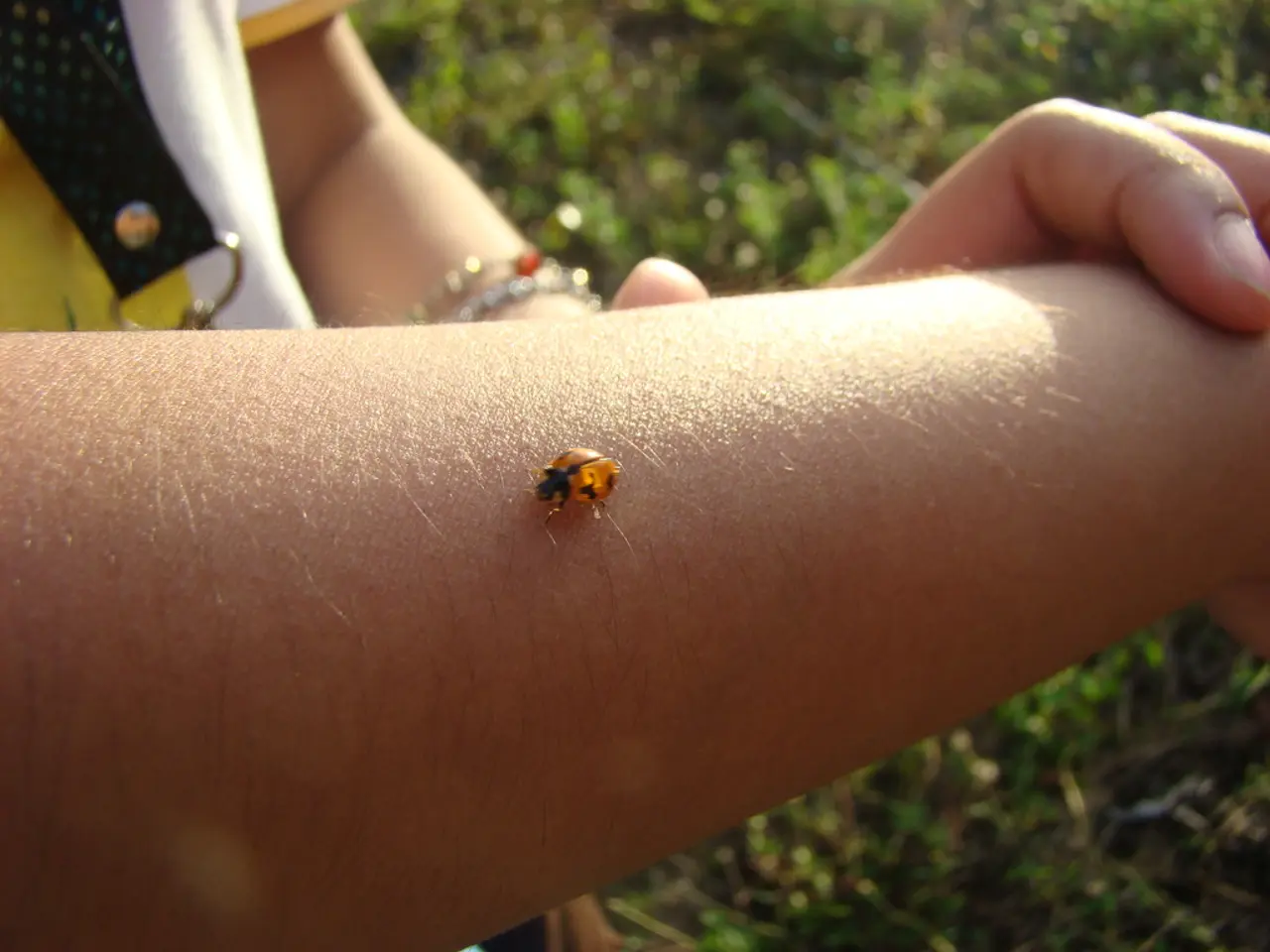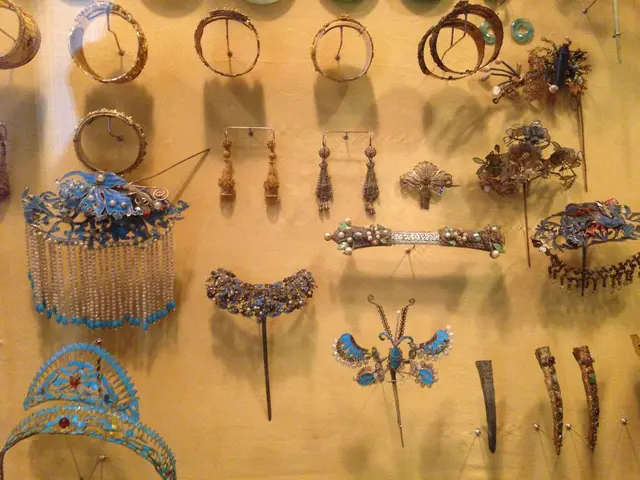"Strategies for Managing Nimblewill in Yards"
For homeowners and lawn care professionals alike, controlling the spread of nimblewill (Muhlenbergia schreberi) in Kentucky bluegrass lawns can be a challenging task. However, a combination of cultural practices and selective herbicides can help manage this persistent warm-season perennial grass.
**Cultural Control**
A healthy, dense Kentucky bluegrass lawn is key to crowding out nimblewill. Proper mowing, irrigation, and fertilization are essential to maintain a vigorous stand. By keeping the turf strong, nimblewill has less room to establish and spread.
**Selective Herbicides**
Products containing mesotrione, such as Torocity 4SC or Tenacity, are effective options for selectively controlling nimblewill in bluegrass lawns. Mesotrione is absorbed through roots, shoots, and leaves, disrupting photosynthesis and targeting grassy weeds like nimblewill without causing significant damage to Kentucky bluegrass.
It is important to apply herbicides like mesotrione with a non-ionic surfactant to increase effectiveness. Home gardeners should follow label instructions carefully to avoid injuring desirable turf.
**Repeated Treatments**
Because nimblewill is a perennial grass with rhizomes, multiple herbicide applications combined with cultural practices are often necessary to reduce its presence effectively over time.
**Availability and Application**
Tenacity, a popular mesotrione-based herbicide, is available to home gardeners but requires three applications at two to three-week intervals for effective control. However, it is important to note that Tenacity can only be applied by lawn care professionals in some regions.
**Challenges and Considerations**
Nimblewill is most successful in thin, poorly growing stands of turfgrass. In home lawns, it is most often found in shady areas. Additionally, nimblewill turns brown in early fall and flowers and produces seeds in late summer/early fall, contributing to its spread.
After the nimblewill has been completely destroyed, bluegrass or other cool-season grasses may need to be re-established by seeding or sodding.
In conclusion, maintaining a vigorous Kentucky bluegrass turf combined with selective herbicides like mesotrione, applied properly and repeatedly if needed, is the best strategy for controlling nimblewill in lawns. Nonselective herbicides may control nimblewill but risk damaging desirable turf, so selective herbicides and sound turf management are preferred.
Utilizing selective herbicides and implementing good home-and-garden practices can aid in managing nimblewill in Kentucky bluegrass lawns. Products such as Tenacity, which contain mesotrione, are effective for controlling nimblewill without causing significant harm to the desired bluegrass plants. For optimal results, apply these herbicides in combination with cultural controls like proper mowing, irrigation, and fertilization to maintain a strong, dense lawn that doesn't provide room for nimblewill to establish. Keep in mind that multiple treatments might be needed due to nimblewill's perennial nature.




